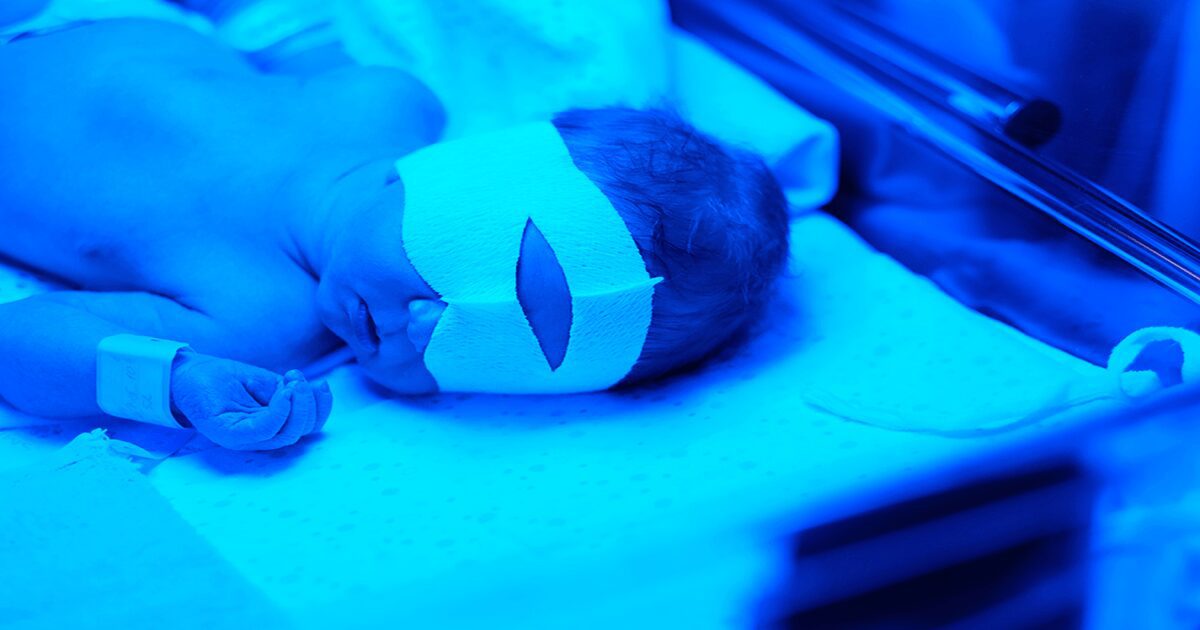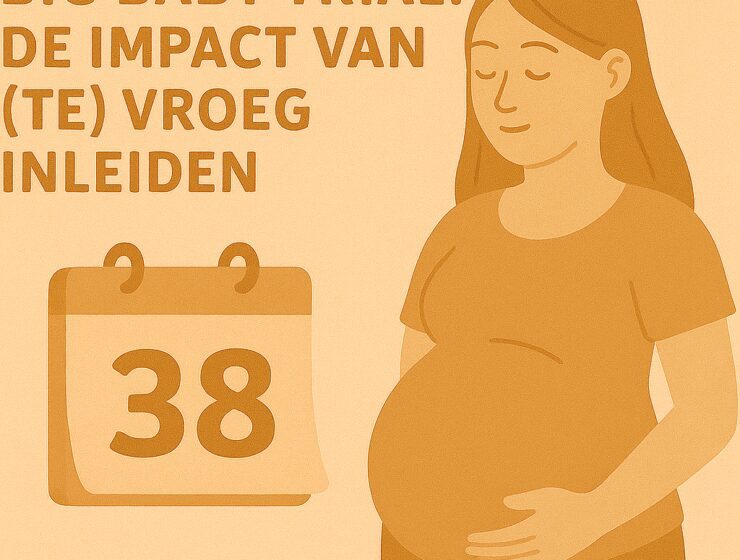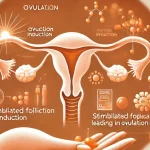Jaundice and kernicterus in babies: what you need to know as parents
In this blog post we explore the common phenomenon of jaundice in newborns, with a specific focus on distinguishing between normal jaundice and kernicterus. We will discuss the symptoms, causes, and treatments of both conditions.
What is jaundice (icterus) in babies?
Jaundice in newborns, also known as neonatal jaundice, is a condition in which the baby's skin and whites of the eyes turn yellow. This is due to an increased level of bilirubin in the blood.
Symptoms of jaundice
- Yellow coloring: The skin and whites of the eyes take on a yellow tint.
- Drowsiness and feeding problems: Babies may be sleepier and have difficulty feeding.
- Assessment of jaundice: It is important to wake the baby for proper assessment as a sleeping baby may appear more yellow.
Jaundice vs Kernicterus
Normal jaundice
- Common in newborns, usually within 2-4 days after birth.
- Caused by the immaturity of the baby's liver, which has difficulty breaking down bilirubin.
- Usually disappears within 1-2 weeks without specific treatment.
Kernicterus
- A serious and potentially life-threatening form of jaundice.
- Occurs when extremely high levels of bilirubin are left untreated, which can lead to brain damage.
- Symptoms include extreme drowsiness, difficulty feeding, high-pitched crying, and changes in muscle control.
- Requires immediate medical attention.
Determining bilirubin using a heel prick
During the maternity week, the heel prick is administered by the JGZ as standard. However, if we as a midwife think that the baby looks very yellow and we think that the baby may have jaundice, we will also perform a heel prick specifically to rule out or demonstrate this. This heel prick is used to measure the bilirubin level in the baby's blood. An elevated level may indicate jaundice and in severe cases, kernicterus.
Therapy
Treatment of normal jaundice
- Phototherapy can be used to break down bilirubin in the blood.
- Adequate nutrition is essential to help the baby excrete bilirubin.
Treatment of kernicterus
- Intensive phototherapy.
- In severe cases, a blood transfusion may be necessary to quickly lower bilirubin levels.
Prevention and vigilance
It is crucial to be aware of the symptoms of jaundice and kernicterus. Early detection and treatment are essential to prevent complications.
Conclusion
While normal jaundice is often harmless, kernicterus can have serious consequences. Parents should be alert to the signs of jaundice and if in doubt, always seek medical attention. By understanding what jaundice and kernicterus mean, parents can be better prepared to ensure the health of their newborn.
If you have any questions about jaundice or are unsure whether the baby looks too yellow, you can always let us know or the maternity care provider. The maternity care will contact us if they indeed think that the baby looks too yellow.
Love,
Midwives Lelystad
Address: Badweg 21, 8223 PA Lelystad
Telephone: 085 40 19 095








